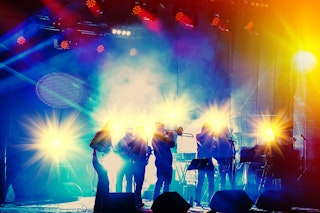"Where the Old West Greets the New"
Historic Richland
The first ranchers arrived in the area in the 1860s and 1870s. Settlers turned to irrigation from the Yakima River in an attempt to make this dry land suitable for hay, grain, vegetables, and fruit trees.
Growth was slow, largely because Richland had no railroad access -- the trains were routed through Richland's much larger (at the time) neighbors to the south, Pasco and Kennewick. When World War II arrived, Richland was still a sleepy farm village with a population of only 247. As 1942 progressed, the farmers and merchants of Richland had no idea that a delegation from the Manhattan Engineer District, a super-secret branch of the Army Corps of Engineers, was flying over Richland and the tiny towns of Hanford and White Bluffs just north, and choosing it as the site of giant plutonium and uranium production site for atomic weapons. The city embraced its new fame and immediately adopted a new slogan, "Richland: The Atom-Bustin' Village of the West".








































